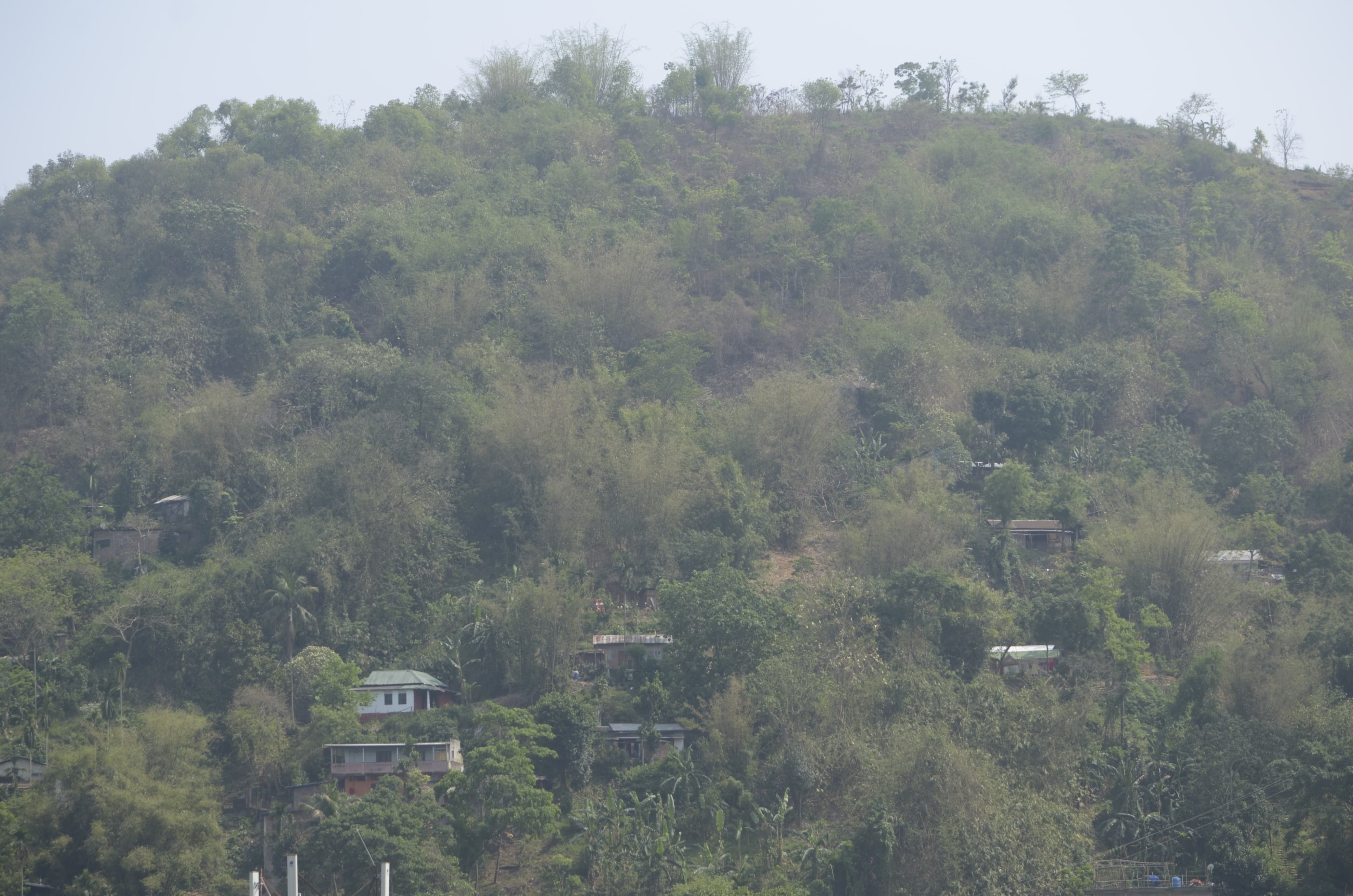Sustainable development and environmental conservation is the call of the hour to ensure a balanced coexistence between urban growth and ecological preservation
A few months ago, Kahilipara in Guwahati was declared a leopard-bearing area, sparking panic among residents. In response, the forest department urged people to stay calm and drive slowly. This was just one incident among many. Similar headlines often dominate newspapers: “Be Careful! Area Declared as Leopard Zone,” or large roadside signs warn, “Elephant Corridor! Please Drive Slowly.” Today, such occurrences have become all too common. It’s now routine for wild animals to wander into human settlements—uninvited, and often unwelcome.
ALSO READ: Guwahati’s Gateway Khanapara Turns Into Crime And Traffic Hotspot
Now, imagine if someone told you to vacate your home forever—how would that feel? Think about the voiceless creatures whose habitats are being stolen in the name of development and modern technology. With the growing population, we humans have become so desperate that we don’t hesitate to snatch away the homes of the speechless.
This is the harsh reality in Guwahati’s Shantipur hill area, where human encroachment has overtaken the natural habitats of wild animals. Additionally, issues like earth-cutting and deforestation have become increasingly severe across the city.
Monjit Das, a resident of the area, shares, “I hail from Nalbari. I work as a bank P.O. and have been living here with my wife and two kids for the past 10 years. It’s very expensive to rent or buy a house in the city. The hilly areas are more affordable. I rent a house here for around ₹6000 per month.”
Anwar Hussain, an insurance agent, adds, “Expenses keep rising, but our salaries remain the same. People like me are helpless. I came to Guwahati five years ago to earn a living and support my family, but the reality is harsh.”
“Living in a hilly area is neither easy nor safe. Roads become slippery during the rains. The soil becomes loose during the monsoon, increasing the risk of landslides. Still, we’ve been living here for the past eight years, facing all these challenges,” says Hiren Kalita.

“Guwahati has seen a surge in encroachments over the past few years. It's not limited to just one or two areas; it’s happening across all the city’s hilly regions. The population is growing rapidly—where will people go? Take the Shantipur area for example. Earlier, there were only a few houses on the hilltop. Now, there are hundreds,” says Hemanta Adhikary, a senior forest ranger at the Shantipur Forest Range Office.
Adhikary continues, “I cannot say we’re 100 per cent effective, but we are monitoring land encroachments in the hilly areas of Guwahati. We also appeal to the public to help us restore the environment to what it once was.”
Another major concern is that of earth-cutting. In the name of development, humans have left almost no untouched natural space in the city. From Kalapahar to Kahilipara, Shantipur to Pamohi and Koinadhora—everywhere, hills are being cut down to build concrete structures. “We allow earth-cutting only after proper permission from the DC’s office. We verify it and set specific guidelines, such as the depth of cutting allowed. For example, if we permit 130 cm of earth-cutting and 150 cm is cut by mistake, it becomes dangerous, especially during monsoon, as it increases the risk of landslides,” Adhikary adds.
The condition of wild animals in Guwahati and other major cities is the same—their homes are being destroyed to make way for modern societies. These stories rarely make the news. But when these animals venture into human settlements in search of what was once theirs, it suddenly becomes breaking news: “Leopard terror in XYZ area—residents panicked.” That’s when the forest department and government rush to take action.
In this scenario, we must ask ourselves: what wrong did these speechless animals do? Isn’t this our fault? Can’t we do something to help them? It’s time we reflect on our actions. Are we really moving in the right direction? Shouldn't we aim for sustainable development and environmental conservation to ensure a balanced coexistence between urban growth and ecological preservation?



